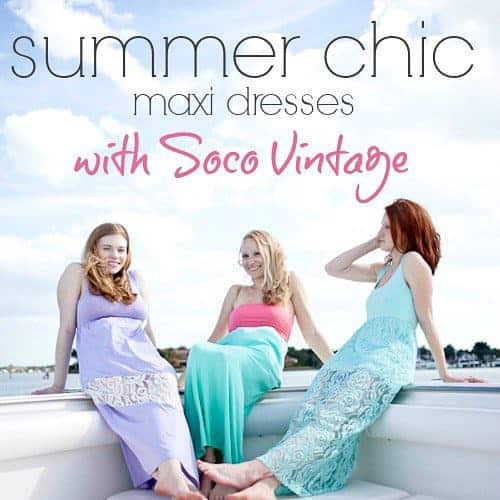Fashion has always been more than just clothing; it’s a reflection of society, a “new look” at culture, and the evolving world around us. From the Roaring Twenties to the 21st century, trends have evolved dramatically, influenced by historical events, technological advancements, and shifting societal norms. Let’s jump in and check out history’s impact on fashion through the decades, exploring the trends that shaped the world of style.

The 1920s: The History of Flapper Fashion and Art Deco Influences
The 1920s, famously known as the Roaring Twenties, was a time of unprecedented evolution and liberation. With the end of World War I, society embraced a newfound sense of freedom and expression, reflected vividly in the popular fashion of the era. The flapper style emerged as a symbol of women’s liberation, characterized by its daring hemlines, loose silhouettes, and ornate embellishments. It is perhaps the most iconic of the 1920s fashion.
As Art Deco swept through the design world, notable fashion became increasingly glamorous and extravagant, with women donning clothes that featured geometric shapes, bold lines, and lavish embellishments. Women began to abandon corsets in favor of straighter, more boyish outlines, embracing a sense of independence and defiance of traditional gender roles. The iconic image that defined the fashion of the 1920s, with her bobbed hair, beaded dresses, and long strands of pearls, epitomized the spirit of the time.
The societal upheaval of the 1920s, including the women’s suffrage movement and the advent of jazz music, played a significant role in shaping distinct fashion identity. Women sought to break free from the constraints of the past, embracing a newfound sense of empowerment and individuality. The rise of mass media, including magazines and movies, also contributed to an influence on fashion, making icons out of Hollywood stars like Clara Bow and Louise Brooks.
- Flapper Style:
- Symbolized boldness, freedom, and rejection of traditional fashion and Victorian ideals.
- Featured loose-fitting dresses for greater movement and expression.
- Embellished with fringe, sequins, and other decorative elements.
- Influence of Art Deco:
- Geometric shapes, bold lines, and lavish embellishments.
- Reflected in clothing, jewelry, and accessories.
- Sleek sophistication epitomized by beaded headbands, pearls, and popular fashion statement accessories, echoed the “new look” women’s fashion returned to post-war.
Early 1900s Societal Changes: Women’s Liberation and the Impact of World War I on Fashion
Beyond its aesthetic innovations, the flair of the 1920s mirrored profound societal redress, particularly in the status and roles of women. The aftermath of World War I ushered in an era of newfound independence for women, as they entered the workforce in unprecedented numbers and gained suffrage in many countries. This newfound freedom was reflected in their fashion choices; the flapper style, with its shorter hem and relaxed figure, symbolized women’s liberation and rejection of conventional gender norms.
Moreover, the economic prosperity of the post-war period allowed for greater disposable income, enabling even middle-class women to participate in consumer culture and indulge in high fashion. The proliferation of mass-produced garments made them accessible to a wider audience, democratizing style and contributing to important trends in consumerism.
Yet 1920s fashion was not merely a reflection of aesthetic preferences, but a manifestation of broader social, cultural, and economic shifts. It captured the spirit of an era marked by dynamism and a rejection of traditional values, laying the foundation for the fashion eras that would follow.
- Women’s Liberation:
- Newfound independence due to World War I and suffrage movements.
- Embraced shorter hems and relaxed silhouettes as symbols of liberation.
- Impact of World War I:
- Economic prosperity enabled more participation in consumer culture.
- Mass-produced garments democratized fashion and contributed to consumerism.
Fashion in the 1920s wasn’t just about style; it was a reflection of societal shifts and cultural dynamism. The flapper style and Art Deco influences captured the spirit of the era, while changes in women’s roles and economic factors shaped the fashion landscape.

The Great Depression and World War II: Practicality and the History of Fashion Amidst Hardship
Style During the Great Depression: Practicality and Austerity
The 1930s was a decade marked by economic turmoil, as the world grappled with the Great Depression. This period of hardship led to a shift towards practicality and austerity in clothing design. With limited resources and widespread unemployment, extravagance gave way to simplicity, and designers sought to create garments that were both affordable and functional.
Fashion during the Great Depression was characterized by modesty and restraint. Hems dropped, and silhouettes became more tailored and streamlined. Women embraced dresses with longer hems and narrower cuts, reflecting a desire for practicality and frugality. Fabrics were often inexpensive and durable, with wool and cotton being the fashion for both men and women due to their affordability and versatility.
1930s fashion underwent significant development to adapt to economic hardship and austerity measures. Here are some key aspects:
- Modesty and Restraint:
- Hemlines dropped, and silhouettes became more tailored and streamlined.
- Emphasis on practicality and frugality led to simpler designs and reduced ornamentation.
- Affordable Fabrics:
- Inexpensive and durable materials such as wool and cotton were favored, harking back to practices in the 1800s when women wore outfits designed for longevity.
- Utilitarian fabrics allowed for versatile and long-lasting garments.
Wartime Decades Fashion: Rationing, Utility Clothing, and Fashion Week
The outbreak of World War II further reshaped clothing trends, as rationing and material shortages imposed new constraints on clothing production. With resources diverted towards the war effort, luxury items became scarce, and civilian clothing was subject to strict rationing measures. As a result, beauty trends during this period gave way to utilitarian and resourceful trends.
Utility clothing emerged as a response to wartime conditions, prioritizing function. Garments were designed with efficiency in mind, featuring simplified silhouettes and minimal embellishments. Women’s skirts and dresses became shorter to conserve fabric, and practical details such as patch pockets and removable collars were incorporated into designs.
Despite the challenges of wartime, fashion continued to play a significant role in boosting morale and maintaining a sense of normalcy. Celebrity fashion insights provided an escape from the harsh realities of war, with movie stars and icons setting trends and inspiring the public with their glamorous attire. Iconic styles such as the tailored suits worn by Katharine Hepburn and the elegant evening gowns of Rita Hayworth became aspirational symbols of sophistication and glamour amidst adversity.
The fashion of the 1930s and 1940s reflected the economic hardship and wartime conditions of the era, with practicality and utility taking precedence over extravagance. Yet, amidst the austerity, trends continued to serve as a form of self-expression and resilience, offering a glimpse of glamour and escapism in uncertain times.
World War II brought about further transformations as society grappled with rationing and material shortages. Here’s how women using fashion adapted:
- Utility Clothing:
- Practical designs prioritized function.
- Simplified silhouettes and minimal embellishments characterized wartime attire.
- Details such as patch pockets and removable collars were incorporated for added versatility.
- Rationing and Scarcity:
- Strict rationing measures limited the availability of luxury items.
- Civilians had to make do with limited resources, leading to creative adaptations and resourceful styling.
- Hollywood Glamour:
- Despite the challenges, Hollywood continued to influence how women could achieve glamour.
- Movie stars and fashion icons provided an escape from the realities of war with their elegant and aspirational styles.
Fashion during the Great Depression and World War II reflected the resilience and adaptability of society amidst hardship. Practicality and utility became critical, but style and glamour persisted as symbols of hope and resilience in the face of adversity, marking a significant period in the timeline of fashion.
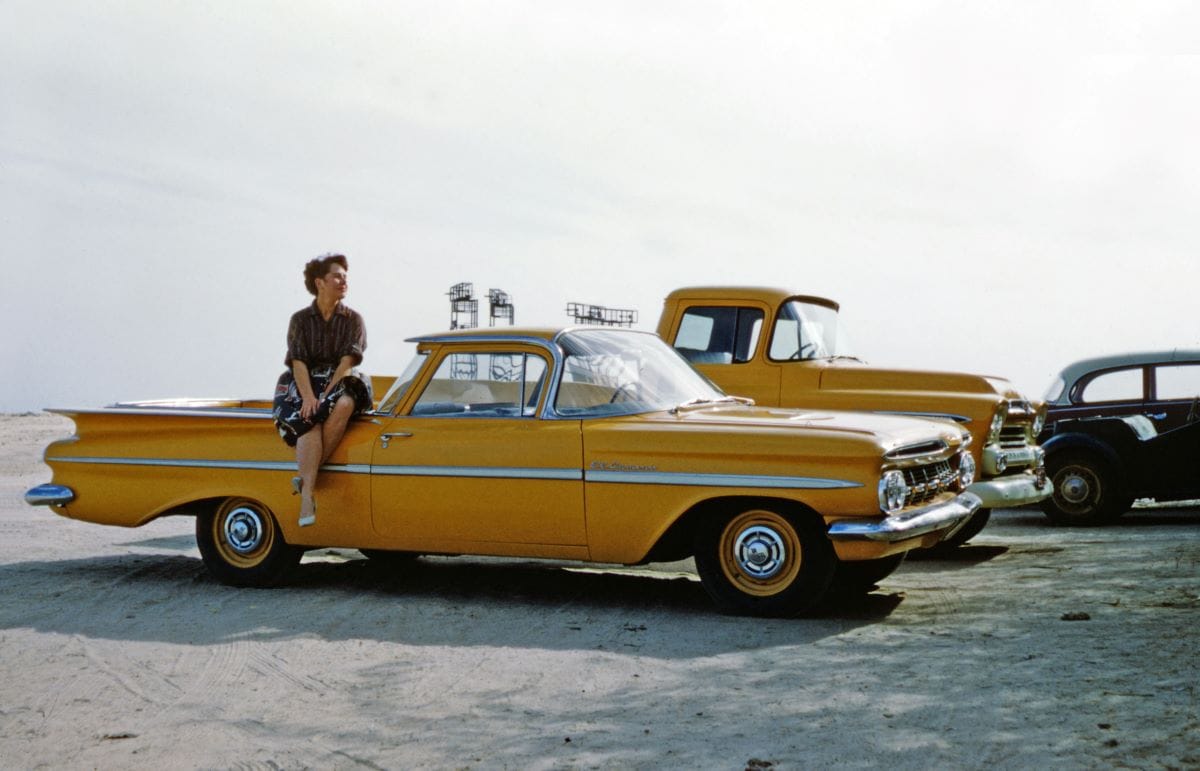
Post-War Prosperity and a Different Youth Culture: The Fabulous Fifties
The 1950s: Years of Skirts
The 1950s marked a period of post-war prosperity and optimism, characterized by a resurgence of traditional gender roles and a focus on domesticity. Fashion reflected these societal shifts with a return to elegance and refinement, combined with a newfound emphasis on youth culture. Here are some key elements of 1950s fashion:
- Full Skirts and Tailored Suits:
- Women embraced feminine silhouettes with full skirts and fitted bodices, epitomized by the iconic “New Look” introduced by Christian Dior.
- Men’s fashion saw a return to tailored suits, emphasizing broad shoulders and narrow waists, inspired by Hollywood stars like Cary Grant and Marlon Brando.
- Influence of Icons like Audrey Hepburn and James Dean:
- Audrey Hepburn’s timeless elegance and grace influenced women’s fashion with her iconic little black dress in “Breakfast at Tiffany’s.”
- James Dean’s rebellious persona popularized the “greaser” look, characterized by leather jackets, jeans, and white T-shirts, appealing to the burgeoning youth culture.
Rise of Youth Culture and Influence of Popular Media
The 1950s fashion began the rise of youth culture as a distinct social phenomenon, fueled by the prosperity of the post-war era and the emergence of popular media such as television and rock ‘n’ roll music. Here’s how youth culture influenced fashion in the 1950s:
- Teenage Subcultures:
- The “teenager” emerged as a distinct demographic group, with its own tastes, preferences, and subcultures.
- Greasers, rockabillies, and preppies were among the various youth subcultures that influenced music and fashion during this period.
- Impact of Television and Popular Media:
- Television played a significant role in shaping trends, as audiences tuned in to popular shows like “I Love Lucy” and “American Bandstand” for inspiration.
- Rock ‘n’ roll music, with its rebellious spirit and energetic rhythms, placed emphasis on casual and youthful attire.
The 1950s was a transformative decade, as it bridged the gap between the austerity of wartime and the exuberance of the swinging sixties. The return to elegance and refinement, combined with the emergence of youth culture, set the stage for the dynamic trends that would define the latter half of the 20th century.

The Swinging Sixties and Counterculture Movements: Revolutionizing Fashion
Overview of the Fashion Revolution of the 1960s
The 1960s witnessed a seismic shift in fashion, as social and cultural upheavals gave rise to a wave of innovation and experimentation. Here are some key aspects of the revolution of the 1960s:
- Mod Style and Miniskirts:
- The mod subculture, originating in London, embraced bold colors, geometric patterns,
- Designer Mary Quant popularized the miniskirt, challenging traditional notions of hemlines and femininity.
- Psychedelic Prints and Bohemian Influences:
- Psychedelic prints and vibrant colors reflected the psychedelic drug culture and the hippie movement’s embrace of peace, love, and freedom.
- Bohemian influences, inspired by Eastern mysticism and folk traditions, introduced flowing garments, ethnic prints, and natural fabrics.
Influence of Youth-Driven Counterculture Movements
The revolution of the 1960s was closely intertwined with the broader counterculture movements of the era. Here’s how youth-driven movements influenced fashion:
- Hippie Movement and Anti-Establishment:
- The hippie movement rejected mainstream values and embraced a bohemian lifestyle characterized by communal living, environmentalism, and spiritual exploration.
- Style became a form of protest, with tie-dye, bell-bottoms, and peasant blouses serving as symbols of anti-establishment ideals.
- Youthful Rebellion and Self-Expression:
- Youthful rebellion against authority and societal norms found expression in fashion, with unconventional styles challenging traditional dress codes and gender norms.
- The androgynous look, typified by unisex clothing and gender-neutral hairstyles, blurred the lines between masculine and feminine attire.
The 1960s centered on liberation and revolution, as youth culture led the charge for social evolution and self-expression, with women’s outfits becoming symbols of societal shifts. The mod style – the skirts, they couldn’t make them short enough – psychedelic prints, and hippie style revolutionized the landscape..
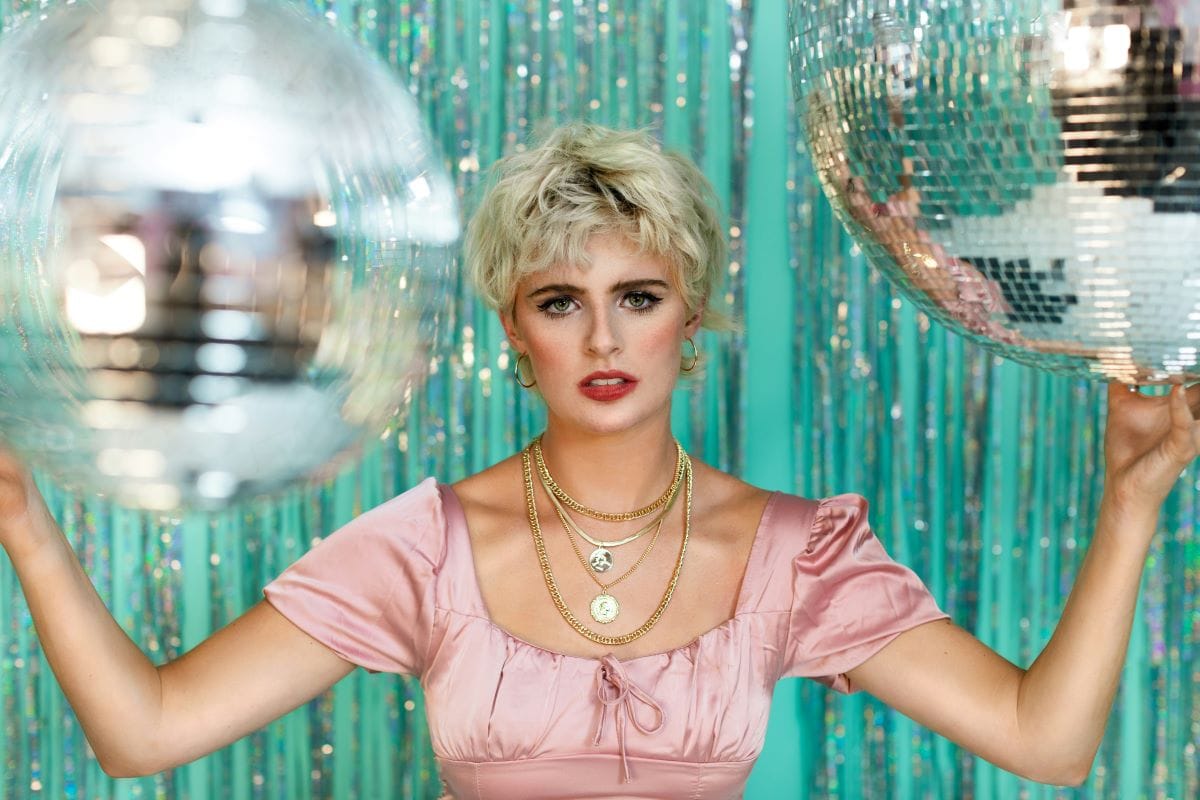
Disco Fever and Bohemian Chic: The Evolution of Diversity of the 1970s
Description of the Diverse Fashion Trends of the 1970s
The 1970s was a decade of diversity and experimentation, with contrasting styles emerging to reflect the cultural and social dynamics of the era. Here are some key elements of 1970s:
- Disco:
- The disco craze of the 1970s brought about a flamboyant and glamorous style characterized by sequins, glitter, and bold colors.
- Platform shoes, bell-bottom pants, and wrap dresses became beloved fashion items of the disco era, epitomizing the hedonistic and extravagant spirit and marking it as a distinct time.
- Bohemian Style:
- In contrast to the glitz and glamour of disco, bohemian fashion embraced a laid-back and free-spirited aesthetic.
- Flowing maxi dresses, peasant blouses, and fringe vests were popular among bohemian enthusiasts, reflecting a desire for freedom, individuality, and connection to nature.
Social and Cultural Influences Shaping Fashion Through the Decade
The 1970s was deeply influenced by the social and cultural movements of the era. Here’s how these influences shaped incredible fashion potential:
- Women’s Liberation Movement:
- The women’s liberation movement of the 1970s inspired a wave of feminism, where women were increasingly focused on practicality, comfort, and a rejection of traditional gender roles.
- Pantsuits, jumpsuits, and tailored separates became symbols of women’s empowerment and liberation from restrictive clothing norms.
- Environmental Consciousness:
- Growing awareness of environmental issues led to a renewed interest in natural fibers, sustainability, and artisanal craftsmanship.
- Eco-friendly materials such as organic cotton, hemp, and recycled fabrics gained popularity among environmentally conscious consumers.
The 1970s was full of sartorial contrasts, with disco fever and bohemian chic representing two distinct sensibilities. While the one embraced extravagance and glamour, the other celebrated freedom and individuality. Together, they reflected the cultural dynamism of the time, serving as a notable fashion highlight and inspiring future fashion designers.
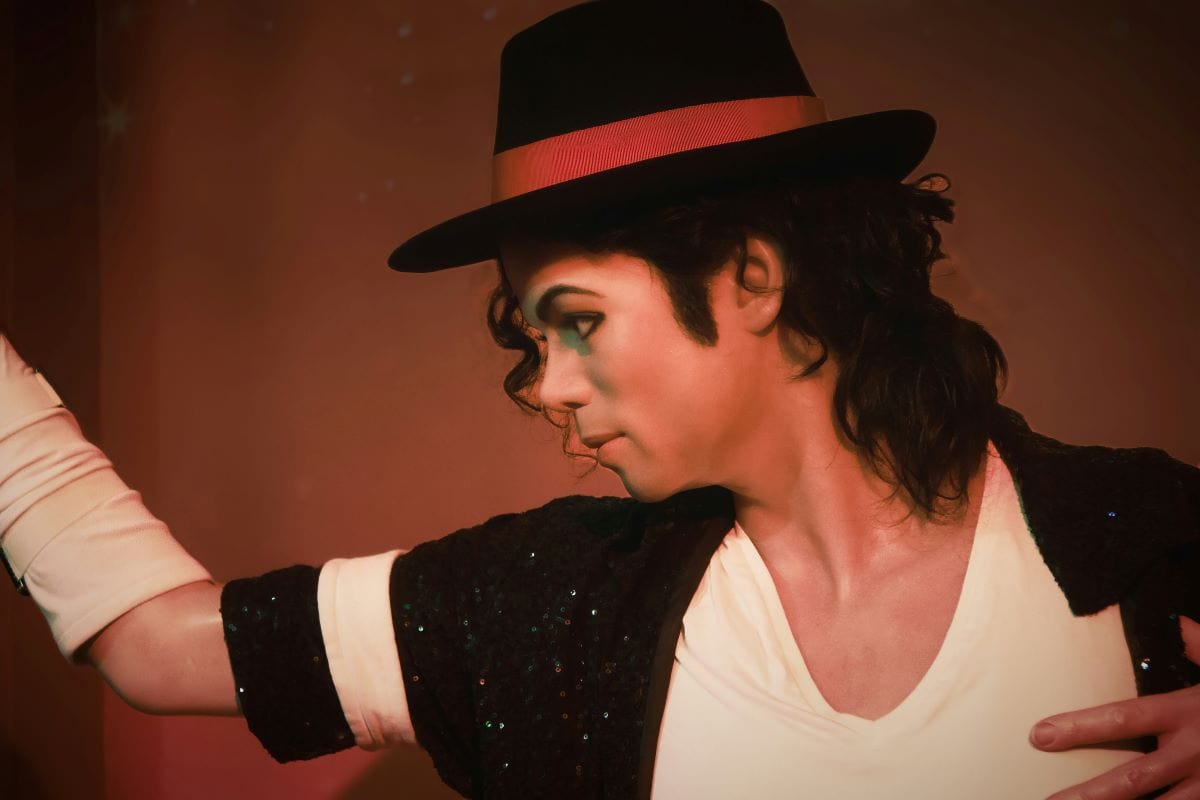
Excess and Individualism: Bold Fashion Statements of the 1980s
Overview of the Bold and Extravagant Fashion Trends of the 1980s
The 1980s was a decade defined by excess, individualism, and bold fashion statements. Here’s an overview of the key elements that characterized fashion during this era:
- Power Suits and Shoulder Pads:
- Power dressing became synonymous with success and ambition, as women embraced tailored suits with padded shoulders and sharp silhouettes.
- Men also saw a resurgence of tailored suits, often accessorized with bold ties and statement accessories.
- Neon Colors and Futuristic Aesthetics:
- The 1980s embraced vibrant neon colors, metallic fabrics, and futuristic designs inspired by science fiction and technology.
- Fashionistas adorned themselves with bright neon hues, geometric patterns, and asymmetrical cuts, embracing a bold and dynamic aesthetic.
Influence of Pop Culture Icons and Technological Advancements
Pop culture and technological advancements played a significant role in shaping the 1980s. Here’s how these influences manifested:
- Pop Culture Icons:
- Pop music icons such as Madonna and Michael Jackson became influential fashion trendsetters, inspiring fans with their daring and avant-garde styles.
- The rise of MTV and music videos provided a platform for experimentation, showcasing innovative and boundary-pushing looks to a global audience, including the revival of plaid and flapper dress elements in certain music scenes.
- Technological Advancements:
- Technological innovations such as personal computers and digital imaging revolutionized fashion design and production processes.
- Designers embraced computer-aided design (CAD) software to create futuristic and experimental garments, pushing the boundaries of creativity and innovation, reminiscent of periods when women’s fashion became drastically innovative.
The 1980s was a fashion decade of bold statements and unapologetic self-expression, where women became particularly vibrant and diverse. Power suits, neon colors, and futuristic aesthetics reflected the era’s obsession with success, individualism, and technological progress. Pop culture icons and technological advancements fueled a revolution, ushering in a new era of creativity and innovation in the fashion world.

Grunge, Minimalism, and Globalization: Fashion Trends of the 1990s
Description of the Fashion Trends of the 1990s
The 1990s showcased contrastings that reflected societal, cultural, and technological shifts. Here are some key elements of 1990s fashion:
- Grunge Fashion:
- Originating from the alternative music scene of the Pacific Northwest, grunge fashion embraced a disheveled and anti-establishment aesthetic.
- Oversized flannel shirts, ripped jeans, combat boots, and beanies became emblematic of grunge style, symbolizing a rejection of mainstream and consumer culture.
- Minimalist Style:
- In contrast to the grunge movement, the minimalist movement emphasized clean lines, neutral colors, and understated elegance.
- Designers like Calvin Klein and Jil Sander popularized minimalist aesthetics with their simple yet sophisticated designs, catering to a desire for simplicity and refinement.
- Globalization and Streetwear:
- The increasing interconnectedness of the world facilitated the globalization of fashion, leading to the rise of streetwear culture influenced by urban environments and multicultural influences.
- Brands like Nike, Adidas, and Tommy Hilfiger capitalized on the popularity of streetwear, creating clothing that blurred the lines between athletic and casual wear.
Impact of Globalization and the Internet on Fashion
The 1990s was a transformative decade thanks to advancements in technology and the increasing accessibility of the internet. Here’s how globalization and the internet influenced fashion trends:
- Access to Information:
- The rise of the internet democratized fashion by providing access to a wealth of information, allowing consumers to stay informed about the latest styles.
- Blogs, online forums, and social media platforms became important platforms for sharing inspiration and connecting with like-minded individuals.
- Fast Fashion and Consumerism:
- Globalization facilitated the rise of fast fashion retailers, offering affordable and trendy clothing at a rapid pace.
- Brands like Zara, H&M, and Forever 21 capitalized on consumer demand for inexpensive clothing, driving a culture of disposability and excessive consumption.
The 1990s reflected a complex interplay of cultural, social, and economic factors, from the grunge movement’s rebellion against the mainstream to the minimalist aesthetic’s pursuit of simplicity and refinement. Globalization and the internet accelerated the pace, bringing styles from around the world to the fingertips of consumers and reshaping the industry in profound ways.
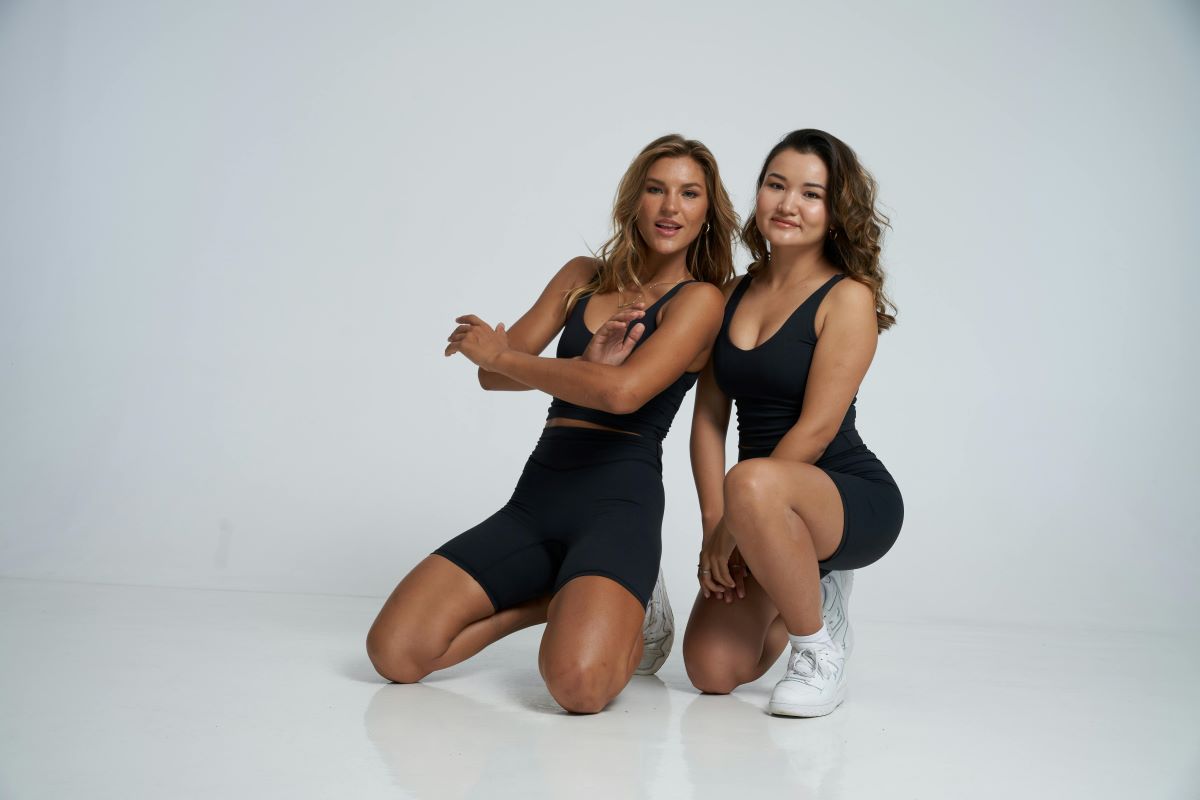
2000s-2020s: Digital Revolution, Sustainability, and Athleisure
Overview of Fashion Trends in the 21st Century
The 21st century witnessed a period of significant innovation, driven by advancements in technology and a growing awareness of environmental sustainability. Here are some key trends that defined fashion in the 2000s and beyond:
- Rise of Athleisure:
- Athleisure, a fusion of athletic wear and leisurewear, emerged in the early 2000s.
- Brands like Nike, Lululemon, and Adidas capitalized on the growing demand for comfortable and stylish activewear, blurring the lines between sportswear and casual clothing.
- Digital Fashion and Virtual Influencers:
- The digital revolution transformed the way fashion is created, consumed, and marketed.
- Virtual influencers and digital shows became increasingly popular, showcasing clothing and accessories in virtual environments and on social media platforms.
- Sustainability Movements:
- Growing concerns about the environmental impact of the industry led to a rise in sustainability movements, challenging the repeat-fast-fashion cycle and advocating for practices seen in the 1800s when outfits were made to last.
- Sustainable brands emerged, prioritizing ethical sourcing, eco-friendly materials, and transparent production processes.
Influence of Social Media, E-commerce, and Technology
The 21st century saw the proliferation of social media, e-commerce platforms, and technological innovations that revolutionized the industry. Here’s how these factors influenced fashion trends:
- Social Media Influencers and Influencer Marketing:
- Social media influencers became powerful voices in shaping fashion trends and consumer behavior, often revisiting and repeating styles from past fashion decades.
- Brands collaborated with influencers to reach wider audiences and promote their products through sponsored content and influencer marketing campaigns.
- E-commerce and Online Shopping:
- The rise of e-commerce platforms like Amazon, ASOS, and Alibaba revolutionized the way people shop for clothing and accessories.
- Online shopping became increasingly convenient and accessible, offering consumers a wider selection of products and the convenience of shopping from the comfort of their homes.
- Technological Innovations in Fabrication and Design:
- Advancements in fabric technology and 3D printing allowed for greater experimentation in design and fabrication.
- Designers explored new materials and manufacturing techniques, pushing the boundaries of creativity and sustainability in fashion.
The 21st century marked a period of unprecedented change and innovation in the fashion industry, from the rise of digital fashion to the growing emphasis on sustainability and ethical practices. As technology continues to evolve and consumer preferences shift, the fashion industry will undoubtedly continue to adapt and evolve in response to new challenges and opportunities.
Fashion Through the Decades: Flappers, Skirts, and Years of Change
The eb and flow of fashion through the decades offers a fascinating glimpse into the ever-changing landscape of style, trends, and cultural influences. From the opulent flapper fashion of the 1920s to the digital revolution and sustainability movements of the 21st century, each decade has left its mark on the fashion industry in unique ways.
Throughout history, fashion has served as more than just a means of clothing oneself; it has been a reflection of societal values, technological advancements, and cultural shifts. The cyclical nature of fashion trends, where styles from previous decades are reimagined and revived, highlights the enduring influence of the past on contemporary fashion.
As we look back on the diverse trends and iconic moments of fashion history, it becomes evident that style is not static but rather constantly evolving, adapting, and reinventing itself. Looking ahead, the future of fashion promises to be as dynamic and unpredictable as ever, with new technologies, sustainability initiatives, and cultural shifts shaping the industry in profound ways. Yet, amidst the flux and uncertainty, one thing remains constant: fashion’s ability to inspire, empower, and unite people from all walks of life in a celebration of creativity, self-expression, and individuality.
You might also be interested in…
Check out Daily Mom’s Fashion section for more fashion tips and tricks!
CONNECT WITH DAILY MOM
💖 NEWSLETTER: DAILY READS IN YOUR INBOX 💖
Sign up to receive our picks for the best things to do, see and buy so you can relax and focus on more important tasks! Let us help you be the best version of yourself you can be!
BE SOCIAL WITH US
📌 LOVE IT? PIN IT!📌
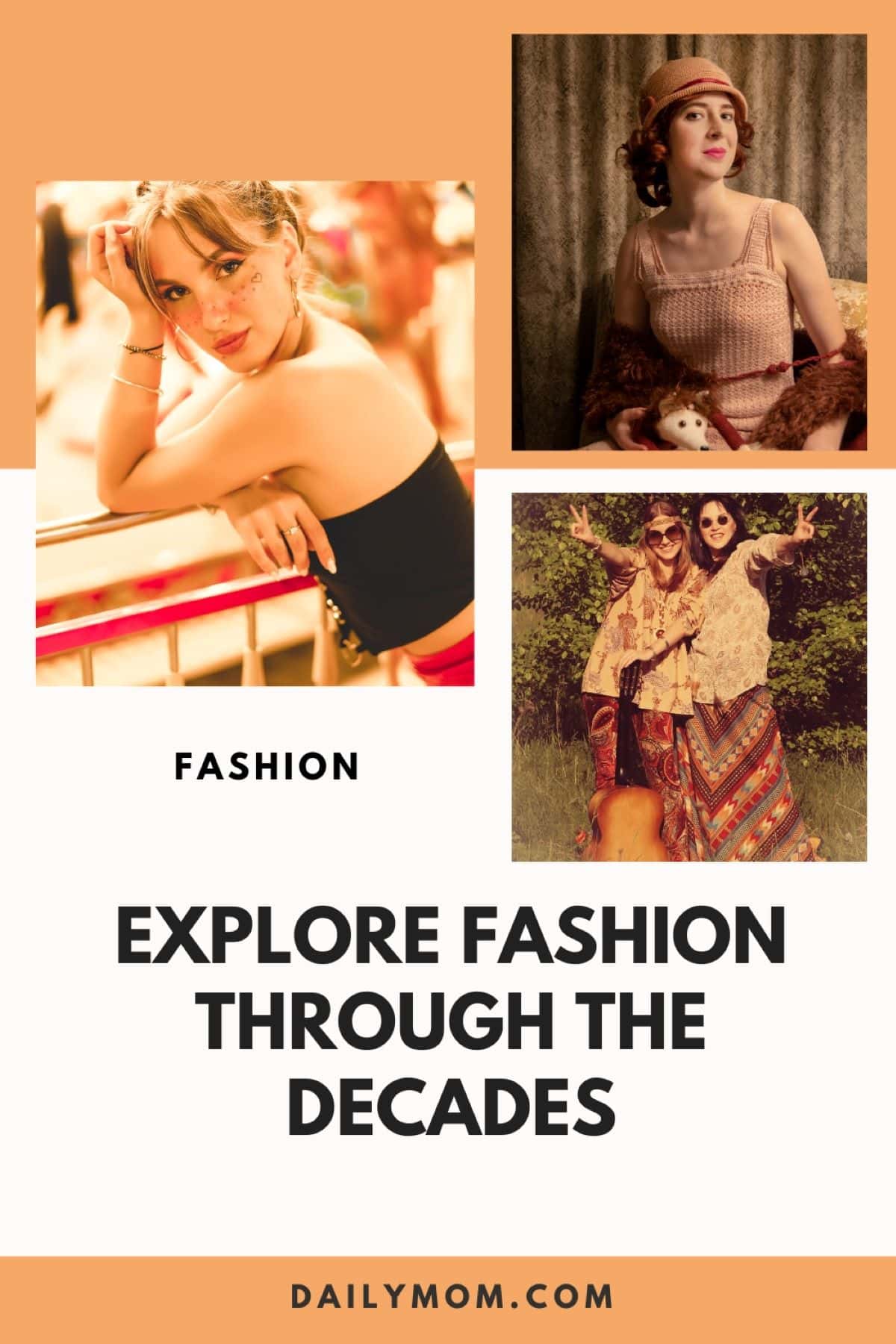
Photo Credits: Photo by Carrie Borden on Unsplash, Photo by Unseen Histories on Unsplash, Photo by Brett Jordan on Unsplash, Photo by NoWah Bartscher on Unsplash, Photo by Designecologist, Photo by Mathew Browne on Unsplash, Photo by cottonbro studio, Photo by freestocks on Unsplash, Photo by bamboo ave.






































